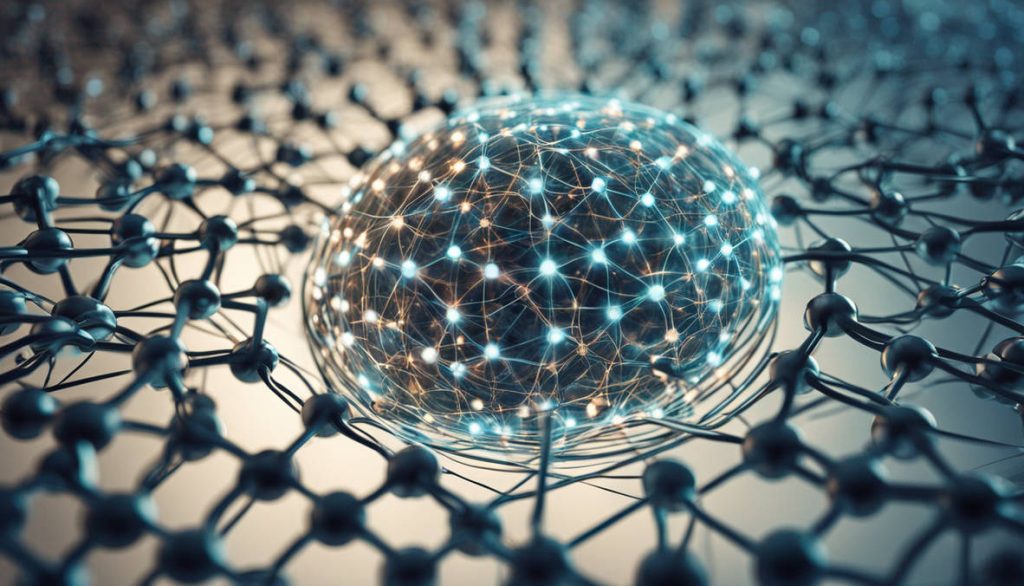Plastic injection mold design plays a crucial role in determining the overall efficiency of the manufacturing process. A well-designed mold ensures smooth material flow, optimal cooling, and precise component formation. By focusing on factors such as gate placement, runner system design, and parting lines, manufacturers can reduce cycle times and minimize defects, leading to improved efficiency and cost savings.
On the other hand, a poorly designed mold can result in frequent production stoppages due to defects such as warping, sink marks, or incomplete fillings. These issues not only lead to higher scrap rates but also increase labor and material costs. Investing in a well-optimized plastic injection mold design upfront can prevent costly modifications and rework during production, ultimately improving profitability.
Material Selection and Its Cost Implications
The choice of materials in plastic injection mold design significantly affects production costs. Different plastic resins have varying shrinkage rates, melting temperatures, and flow characteristics, all of which influence mold design requirements. Selecting a material that is easy to mold and compatible with the intended application reduces energy consumption and minimizes wear and tear on the mold.
In contrast, using materials that require high processing temperatures or specialized cooling systems can increase operational expenses. Additionally, harder materials may necessitate more durable molds, increasing initial tooling costs. By carefully balancing material selection with performance requirements, manufacturers can achieve cost-effective production without compromising product quality.
Impact of Mold Complexity on Production Expenses
Mold complexity directly affects both initial tooling costs and long-term production expenses. A mold with intricate geometries, undercuts, or multi-cavity features requires advanced machining techniques and longer lead times, increasing upfront investment. While complex molds can enhance production capacity by producing multiple parts in a single cycle, they also require careful maintenance to avoid premature wear.
Moreover, intricate molds can lead to higher defect rates if not designed correctly. Misalignment, excessive flash, or inconsistent cooling can necessitate frequent adjustments and repairs, adding to overall costs. To strike the right balance, manufacturers must optimize mold complexity based on production volume, part design, and cost considerations.
Cooling System Design and Its Influence on Operational Costs
An efficient cooling system is a key component of plastic injection mold design that impacts production costs. The cooling process accounts for a significant portion of the injection molding cycle time, and inefficient cooling can lead to extended cycle durations and increased energy consumption. Proper placement of cooling channels ensures uniform temperature distribution, reducing warpage and shrinkage defects.
Conversely, poorly designed cooling systems can cause hot spots, leading to inconsistent part quality and higher rejection rates. Manufacturers may need to implement secondary cooling methods or make mold modifications, both of which drive up costs. By prioritizing an optimized cooling design, businesses can enhance productivity and reduce per-unit costs.
Maintenance and Longevity of Injection Molds
The durability and maintainability of plastic injection molds are crucial for long-term cost savings. A well-designed mold made from high-quality materials and precision-machined components can withstand high-volume production while minimizing downtime. Proper maintenance schedules, including regular inspections and cleaning, extend mold life and prevent unexpected failures.
On the other hand, neglecting mold maintenance can lead to component degradation, flash formation, and uneven part dimensions, requiring costly repairs or replacements. Investing in robust plastic injection mold design ensures longevity, reducing total cost of ownership and improving return on investment over time.
Conclusion
Plastic injection mold design is a critical factor in determining production costs. By focusing on efficient design elements such as material selection, mold complexity, cooling systems, and maintenance, manufacturers can significantly reduce operational expenses while enhancing product quality. A strategic approach to mold design leads to sustainable cost savings and improved production efficiency in the long run.



